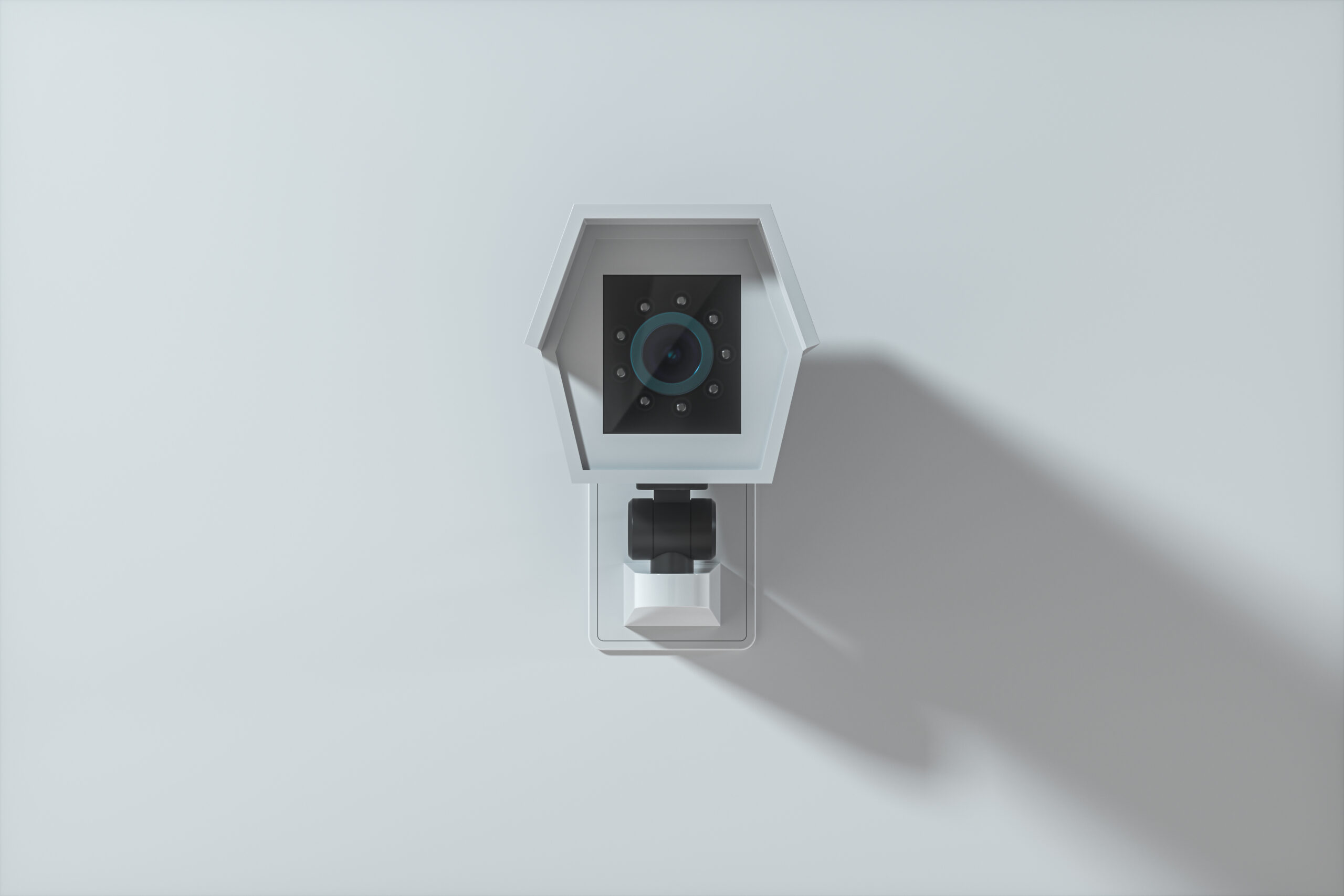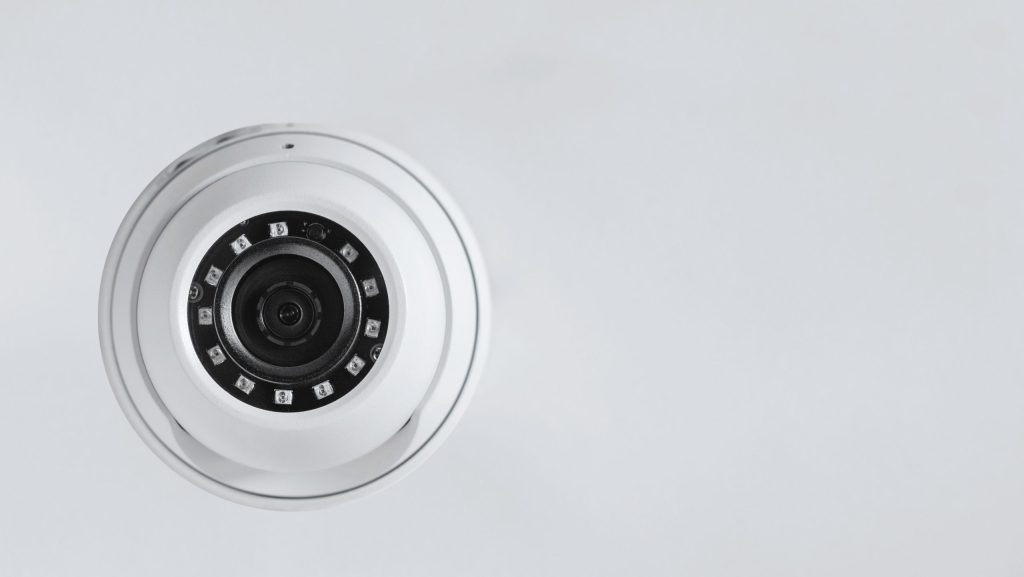Master Outdoor Camera Field of View Setup

When it comes to picking an outdoor security camera, understanding the field of view is key. The FOV determines how much area a camera can see – anywhere from 60 to 180 degrees! [1]
A wider FOV allows a camera to watch over a large space. Meanwhile, a narrower FOV focuses in on a smaller zone. Choosing the right FOV makes sure the camera meets your needs.
Whether you want to watch the whole yard or just the front door, picking the perfect outdoor cam keeps your home protected. Stick around to learn how to select the ideal outdoor security camera for your home’s safety and security.
Key Takeaway
- The field of view (FOV) is the area a camera can cover.
- A wider FOV helps monitor larger spaces effectively.
- The camera’s lens type and placement affect its FOV.
Understanding Field of View in Outdoor Cameras
When people install outdoor cameras, it is important to understand something called field of view. Field of view refers to how wide of an area the camera can see. It is measured in degrees, like the angle of a slice of pizza. A camera with a wide field of view, like 160 degrees, can see a very big area without needing more cameras. This makes them great for watching large spaces like parking lots or backyards.
When picking out an outdoor camera, folks should think about how big the space is that they want to watch. A wider field of view allows the camera to see more of that area in one view. This helps the camera spot anything happening over a large space.
Understanding field of view helps people choose the right outdoor camera to meet their needs. If the camera’s field of view is wide, one camera can cover a big yard. If it’s narrow, more cameras might be needed to see the same space without blind spots.
Benefits of a Wide Field of View
One benefit of a wide field of view is needing fewer cameras. For example, a 180 degree field of view covers way more ground than a 60 degree field of view. This means wide angle cameras can watch big, open areas without missing spots.
Some outdoor cameras work well in low light and can capture clear images at night. This allows them to see important details like faces or license plates even in the dark. Having a wide view lets these cameras keep watch over large areas and still pick up small details when needed.
Wide field of view cameras are also great for busy spots like parking lots. They can show many cars and people at the same time. This makes it easier to spot anything weird happening with so much in view. Overall, a wide field of view provides good security without breaking the bank on tons of cameras.
Focal Length and Its Impact on FOV
Cameras use lenses to capture what they see. An important part of the lens is its focal length. This measures how far light travels inside the lens to the camera sensor. Short focal lengths make the view very wide. Long ones make it narrow instead.
For example, a 2.8mm lens shows an angle of 90-100 degrees. This allows the camera to see almost a full circle around itself. But a 12mm lens may only see 30-40 degrees. This gives a much more focused view. [2]
When picking a security camera for outdoors, the focal length matters. Wide lenses work well for big open areas. The camera can see more of the yard or park without needing to move. Narrow lenses are better for watching just the front door or a pathway. They focus in on specific spots.
By understanding the focal length, camera buyers can get the right view for their needs. Wider is better to monitor large spaces. Longer is best for small, targeted areas.
Key Features to Look For
There are some key things to consider when selecting outdoor security cameras:
Resolution – Higher resolution gives clearer, more detailed images. Ultra HD cameras show the finest details, even at wide angles.
Night Vision – Cameras with night vision can see just as well in darkness as daylight. This allows security monitoring even at night.
Lens Type – Fixed lenses have a set field of view. Adjustable lenses can change the angle as needed.
Build Quality – Weatherproof cameras hold up to outdoor conditions like rain and snow. This is a must for outdoor installation.
Motion Detection – Cameras with motion detection can send alerts when something moves in view. This signals that something is happening.
By factoring in these features, buyers can find the right outdoor camera. At Shielded Residence, we ensure our camera systems deliver excellent image quality day and night, tailored to meet your property’s unique needs. The best security to keep their home or business safe.
Environmental Factors Affecting FOV
At Shielded Residence, we understand how outdoor challenges like weather or obstacles affect a camera’s performance. That’s why our solutions include weatherproof cameras and strategic placement advice to ensure optimal FOV under any conditions. If it’s too dark outside, even the best cameras might struggle to take clear pictures.
Using cameras that can handle bad weather and having good lighting can help the cameras see better, even when things get tough. This way, the cameras can still see stuff well when it’s gross outside.
It’s really important for people looking at cameras to think about the place the cameras will go. For example, places that get tons of rain need special cameras with coatings so they don’t get ruined. In areas with lots of trees, the camera angle might need to be changed so the trees don’t get in the way. Understanding stuff like weather and obstacles can help pick the right cameras for different spots.
Trade-offs Between Wide and Narrow FOVs
Cameras with a wider field of view can see more area, but might not be as detailed. For example, seeing a big area makes it harder to spot specific people or things. On the other hand, a narrower view can be more clear but might leave blind spots.
Finding the right balance between wide and narrow is really important. A good way is to use a mix of wide and narrow views based on what needs to be watched. This helps make sure the whole area is covered but important stuff isn’t missed.
When figuring this out, it helps to think about why the cameras are needed. For instance, if the goal is to just see general activity in a yard, a wider view could work better. But if seeing faces or license plates matters, a narrower lens might be best. Finding the right combo can lead to good security and peace of mind.
Common Misconceptions About FOV

Wider angles don’t always mean better security. Cameras with super wide views can miss stuff. Folks should know this when picking out cameras. Finding a good mix of wide and narrow views leads to better protection.
Knowing wide angle limits helps with decisions. Extra cameras may be needed to see certain spots if using only big wide shots. Seeing how it all fits together lets people build security that watches over better.
The key is balancing the wide and narrow. Wide alone leaves blind spots. Narrow alone misses big picture. Together they cover all the bases. Understanding how wide and narrow work makes for smarter choices. Then properties get covered without gaps.
FAQ
What exactly does FOV refer to in security cameras, and why does it matter for coverage area?
FOV refers to the observable area that your camera can see at any given moment. Think of it like your eyes – the total space you can see without moving your head. For security cameras, this field of vision determines how much of your property you can monitor. A larger coverage area means fewer cameras needed, but there’s often a trade-off with image quality and greater detail.
How do different angle lenses affect your camera’s viewing angles?
Camera angles and viewing angles vary significantly based on the lens type. Standard angle lenses typically cover around 90 degrees, while fisheye lenses can capture panoramic views up to 180 degrees. Ultra wide lenses fall somewhere in between, great for open spaces but might distort images at the edges.
What factors affect the horizontal FOV and vertical FOV of outdoor cameras?
Several factors affect your camera’s field of view, including the mm lens size, sensor size, and aspect ratio. Wider lenses (lower mm numbers) give you a wide FOV, while telephoto lens options provide a narrow FOV better suited for distant objects. The image sensor size also plays a crucial role – larger sensors generally capture more light and area.
How should you think about camera placement for high traffic areas and entry points?
Smart camera placement is key for monitoring critical areas. Consider positioning cameras to cover specific areas like doorways and driveways. For entry points and high traffic zones, you might want to use dual lens cameras or PTZ cameras that can adjust their viewing angle. Remember to account for both day or night visibility.
What’s the difference between optical devices with smaller sensors versus larger sensors?
Camera lens quality greatly depends on sensor size. Larger sensors typically perform better in low light and capture more fields of view with better clarity. Smaller sensors might be more affordable but could struggle with distant objects and low-light conditions. This difference is especially noticeable when trying to capture license plate details or monitor large area spaces.
How do you balance between wide FOV cameras and getting greater detail?
Finding the right balance depends on your specific needs. Wide FOV cameras excel at panoramic views and covering open spaces, but might sacrifice detail at longer distances. For greater detail, you might need cameras with a more narrow FOV or super telephoto capabilities, especially when monitoring specific areas at a distance.
What are important considerations for battery life and storage in camera systems?
A camera system’s battery life varies based on features and usage. High-drain features like constant recording or alarm system integration can impact camera battery duration. Most modern security systems offer cloud storage options, letting you store footage without local hardware. Consider how your camera’s FOV in security applications affects storage needs – wider views mean more data to store.
End Note
The angle that a security camera can see is called its field of view or FOV. Wider angles allow the camera to see more area. Narrower FOVs provide more detail of a smaller space. Where the camera is placed, the lens used, and lighting conditions impact the image.
At Shielded Residence, we help you select the ideal outdoor camera to match your needs—whether it’s covering a large yard or focusing on a specific area. With our tailored solutions, you can enjoy peace of mind knowing your property is protected with the perfect FOV.
References
- https://securityalarms.co.uk/home-security-cameras/field-of-view/
- https://kintronics.com/the-field-of-view-for-ip-camera-systems/